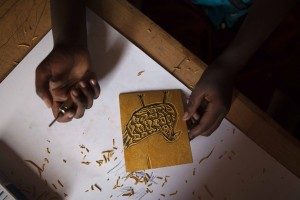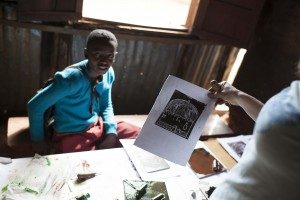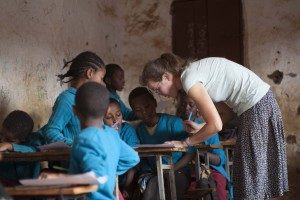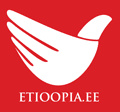Two years of drought – famine
In Estonia we live in the anticipation of summer or spring. We know that autumn is followed by winter and we are prepared to take it wih or without snow. Every way is good. If the winter is “white” it is is okay and if there is no snow or sub-zero temeperatures it is still okay because a heap of money meant for heating is left over for something else.
However, there are millions of people who actually experience a situation where the anticipated season never comes and because of that do not only lose their food but also their drinking water. This looks like a situation with no solutions – In Ethiopia drought means scarcity and famine which often brings about death or serious fatal illnesses.
Today Ethiopia is facing one of the most serious draughts of decades and more than 10,2 million people are in need of food aid. Due to deteriorating weather conditions the situation is going to get even more dire over the coming few months. Two rain seasons have skipped place during a period between June and September. This has ravaged getting by and increased malnourishment over the whole country. It is estimated that 435 000 children need treatment for acute malnourishment. More than 1,7 million children and pregnant or nurturing mothers need food aid. More than 5,8 million need emergency water, sewage and access to hygiene. Water scarcity raises hygiene issues concerning public health andmakes itch spread. Drought also affects childrens school attendance. More than two million children are on the verge on dropping out of school, 3000 schools are at risk of closure. This has increased vulnerability and helplesness of children, violence, abuse, early marriage and human trafficking.
In the autumn of 2014 we heard for the first time of the impending drought in Ethiopia. One rain season had skipped but the coming months were not affected that much. We were expecting rain and saw water queues which spoke for themselves. Noone died of thirst in the queues. It seemed as if it was a nice rest for the women from the long journey and from everyday chores. “Village news” were shared with each other. Next year the situation was different. In 2015 another winter a.k.a. the rain season skipped.
We, who have found ourselver in the midst of surprising situations in Africa for the past six years, are often asked about our plans in the long run. What are you going to be doing in a years time or the next fall? However it doesn’t seem to make much sense to plan your days too much over there. End result seems to be rather more satisfying that way.
In that way Tallinna Künstigümnaasium’s art teacher Liane Rohtmäe started a project there in 2014 which included childrem from Ethiopia and Estonia. There are no subjects on the Ethiopian curriculum that attend creativity and this is mainly due to the lack of means. Liane had planned to do linocut printing on shirts with the children. Since Ethiopian children lack clothing as well these two ends were brought together. An idea sprung to cooperate between Estonian and Ethiopian children. It was very interesting to see the work process and the end result of coooperation of children from very diferent environments.
Children in Tallinn prepared the linocut boards, which were used to print the shirts meant for the children in Africa. Tens of lofty shirts were made for presents for students in Chora school. This, in turn, was the beginning for an idea to try and alleviate the crisis situation there with the help of works from the children in Tallinn and in Soddo.
Experience demonstrated once again that it does not matter where one is born – we are all equally gifted. It shows clearly from the childrens works. Likewise it is certain that every smallest act, guiding care and recognition helps to increase self-confidence of the children there and here and makes life better on the whole.
Until the 30th of may Viru Mall’s fourth floor hallway gallery exhibiths graphic works from students of Chora school and Tallinna Kunstigümnaasium. It is also possible to purchase those works. By doing so you support Ethiopian children in their studies, help them get uniforms and have lunch at school.



Merle Voola, NGO Damota
